Riding Mill
Riding Mill stands on the south bank of the Tyne sixteen miles west of Newcastle and five east of Hexham. In its present form the village is really a Victorian creation, incorporating the ancient hamlets of Broomhaugh and Riding, on the east and west banks of the March Burn respectively.
Located in the well-wooded and fertile middle Tyne valley the Romans settled hereabouts as well, having built a rather major wall a few miles to the north with its major supply-base at Corbridge, only three miles to the west. Their road from Corbridge to York – Dere Street – passes through the village; it can be traced as a grassy bank in the fields to the west. The oldest visible feature near the village is the Norman motte-and-bailey castle of Styford on the north bank of the river, now just a grassy hump. but once the power base of the Barony of Bolbec. And replaced by Styford Hall quarter of a mile to the east; the village of Styford grew up on the low-lying land near the Hall.
Corbridge
Corbridge is so much more than a quiet little Northumberland town - it has a vast history and a Roman heritage that can still be seen today. So, whether you’re a history-lover or an avid shopper, there is something in Corbridge for you to enjoy.
This is one original and surprising village and small town. Some of the oldest finds in Britain, including rare Roman armour and the Corbridge Lion, are housed in our English Heritage Roman Town. Where you can see a time capsule of Roman life inside the newly refurbished museum and then explore the remains of the streets they once walked. All just a few miles away from the World Heritage Site of Hadrian’s Wall itself and the popular coast to coast Hadrian’s Wall Path.
Corbridge is also known for its large number of independent businesses. The present day Market Place has a baker, art shop, traditional grocer and more. With award-winning Forum Books close by at The Chapel – a stunning transformation of the old Methodist Chapel complete with preserved pulpit.

Explore the North East
Set in the beautiful village of Riding Mill, Northumberland we're perfectly located for those seeking a break in the North East. Walk the moors, ramble upon Roman ruins, discover mystical castles or venture further afield to the dramatic and stunning Northumberland coast.
A selection in more detail
Use the check boxes above to refine or reselect the list.
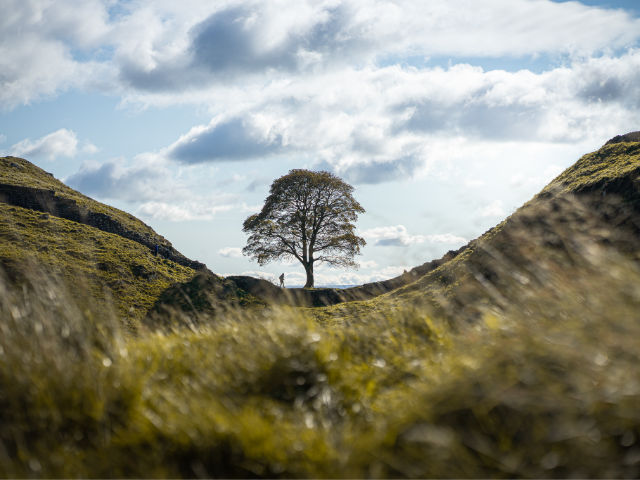
Sycamore Gap
Known to some as Robin Hood Tree, Sycamore Gap featured in the 1991 blockbuster film 'Robin Hood Prince of Thieves' starring Kevin Costner and Morgan Freeman. Follow in their footsteps and re-live those early scenes of adventure as they return to the promised land to battle the evil Sheriff of Nottingham.
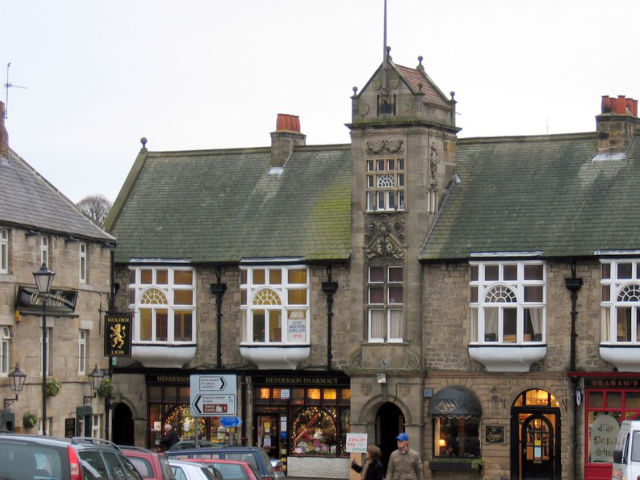
Corbridge
Corbridge is so much more than a quiet little Northumberland town it has a vast history and a Roman heritage that can still be seen today. So, whether you're a history-lover or an avid shopper, there is something in Corbridge for you to enjoy.
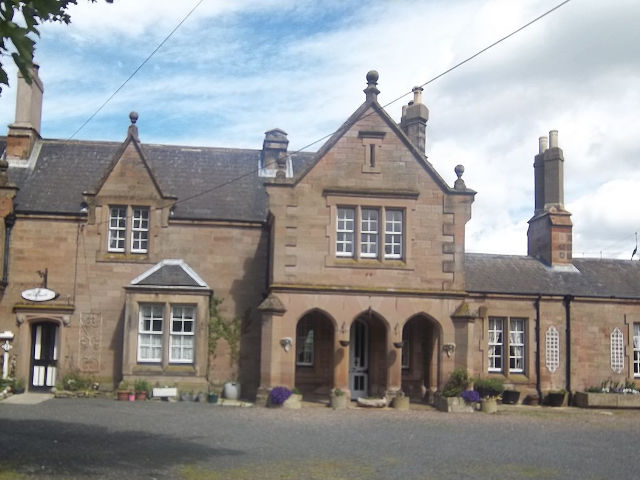
Belford
Wedged between the coast and the countryside, barely-trodden Belford is an ideal spot for exploring every corner of Northumberland. As an old coaching town, the village has a long history of giving visitors a warm welcome.
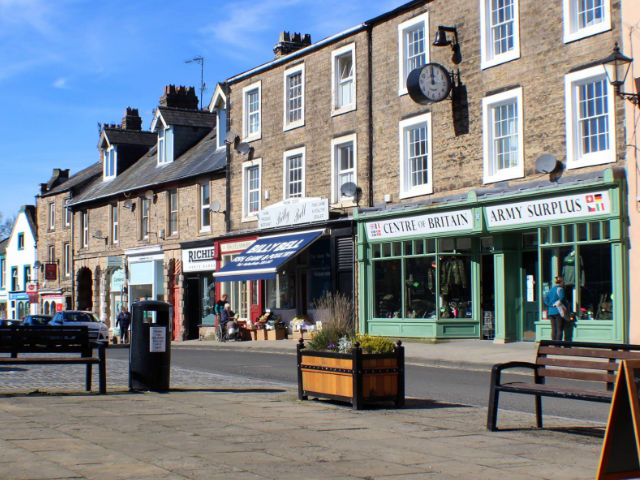
Haltwhistle
Haltwhistle is located directly in the heart of Great Britain. This Northumberland market town is home to woodland, quirky shops and restaurants, as well as home to the regions only open-air swimming pool and a section of Hadrian's Wall which is almost intact.
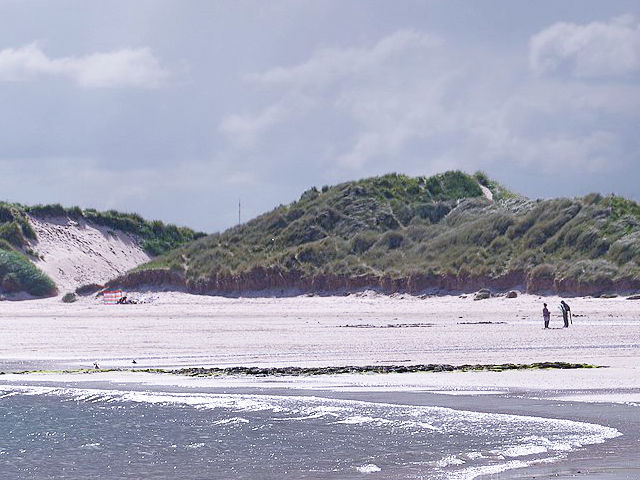
Beadnell
With its protected waters and golden sandy beaches, Beadnell is a watersports paradise. Take the plunge and try activities such as kite surfing, kayaking, windsurfing and wakeboarding.
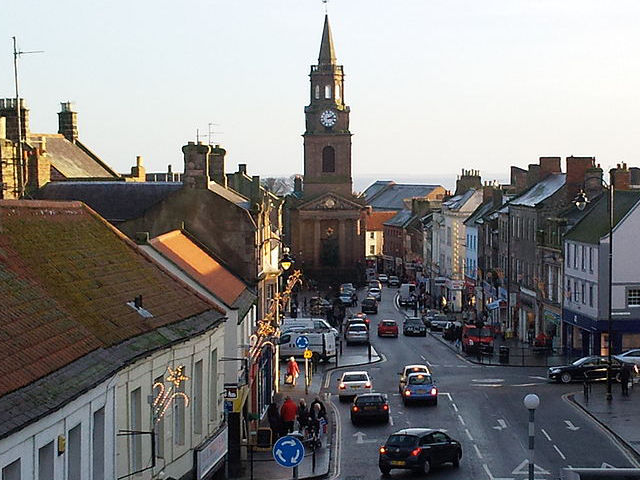
Berwick-upon-Tweed
Cobbles, castles, beaches, and boat trips await you in historical Berwick-upon-Tweed. Located on the border of England and Scotland, secrets of a bloody, conflict-filled British history linger in its Elizabethan walls and ruinous castle remains.

Aydon Castle
Tucked away one mile from the village of Corbridge is Aydon Castle; the perfect location for a family day out.
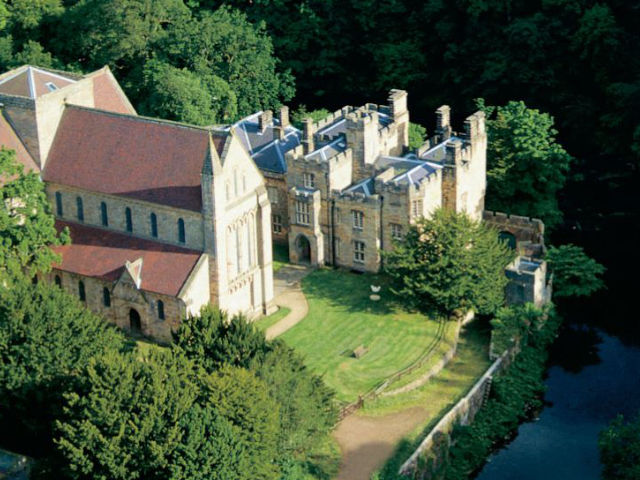
Brinkburn Priory
Discover Brinkburn Priory, tucked away amongst the woodland, within a picturesque loop of the River Coquet. A true hidden gem.
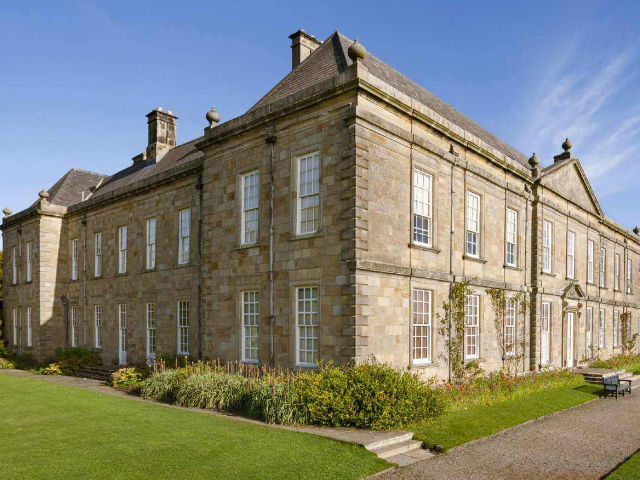
Wallington House, Gardens & Estate
Sitting in a rural corner of Northumberland yet only 20 miles northwest of Newcastle-upon-Tyne, Wallington is the largest, intact estate in the care of the National Trust at 13,500 acres. Here you'll find a historic house set in rolling hills with extensive woodlands and a beautiful walled garden. Take time to explore and discover the variety of spaces, both indoors and out and keep your eyes peeled for the native wildlife - from red squirrels and nuthatches to white-clawed crayfish and otters.

Carlisle Park & William Turner Garden
There is a wealth of activities and attractions in Carlisle Park. From the formal gardens and aviary you'll find the William Turner Garden, a modern tribute to this son of Morpeth known as 'The Father of English Botany'. An 11thC Motte and 12thC castle lead you to ancient woodland with resident red squirrels. Or stroll along the riverside promenade, take a rowing boat out on the river or enjoy the paddling pool and play areas, skate parks, bowling greens and tennis.
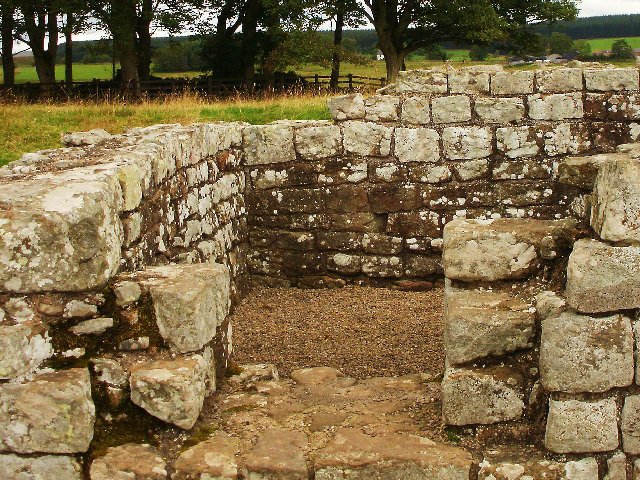
Birdoswald Roman Fort
Discover one of the most awe-inspiring views in the north of England. Birdoswald Roman Fort sits on the longest continuous stretch of Hadrian's Wall which still remains today. This incredible feat of Roman engineering has dominated the landscape since AD 122.

Alnwick Gardens
The Alnwick Garden is one of the world's most ambitious new gardens. The Duchess of Northumberland's vision for a forgotten plot is now a truly 21st century experience full of imagination, inspiration and fun.
Would you like to stay?
Enjoy our snug getaway in Northumberland.